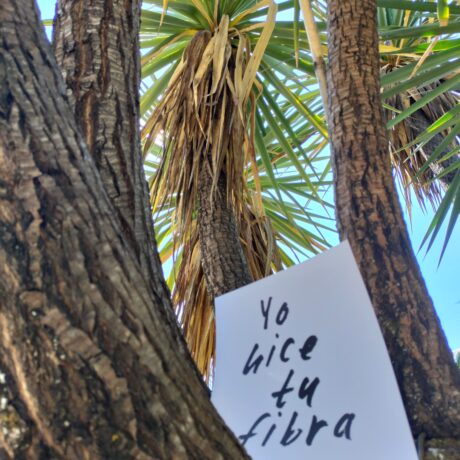Sequins, holiday parties, and micro-plastics
New research from Oxfam suggests that 1.7 MILLION sequined items are binned after the Holiday season. What’s worse? They’ll probably NEVER biodegrade. It’s a finding that’s deserving of some all-caps letters, but it’s also yet another headline about textile (and plastic) waste that’s completely preventable.
WHY SEQUINS?
One of the best things about fashion is its endless sense of change. Sure, trends may come and go on a pendulum swing of style, but year-on-year new hemlines and sleeve styles make following fashion a riveting hobby. Except this one predictable, seemingly unchanging thing that touches down mid-December: sequins. Every. Single. Year.
Is this a recent phenomenon? Perhaps not. When King Tut’s tomb was opened in 1922, garments inside were embellished with 3,000 year-old circular gold disks. Though these were likely unrelated to a New Year’s Eve soiree, it seems that the style has been around for some time. This discovery triggered a wave of sequins (made of metal) on flapper dresses throughout the 1920s. These were heavy to wear, and so for a short time they were replaced by a gelatin alternative, hampered only by their tendency to melt against body heat. It wasn’t until the 1950s that plastic sequins were made widely available. From David Bowie’s Ziggy Stardust tour costumes to the unspoken dress code at Studio 54, sequins remain a symbol of party-meets-glamour as much as they do a rebellion to prohibition.

WHY THE HOLIDAY SEASON?
Through many a Google search, I still can’t work out why we don these dresses for every holiday party and NYE celebration, and seem to dismiss the style during the rest of the year. Designer Ashish Gupta calls sequins “a protest against gloom”, perhaps explaining why we feel the need to put them on when the weather gets grim.
Much like Christmas jumpers and Halloween costumes, there isn’t anything inherently wrong with having a time of year that champions a fun way of dressing. Yet it’s our relatively new tendency towards disposability that has sequins floating across the ocean. It’s the idea that nearly HALF of young women (aged 18-25) feel pressured to wear a different outfit every single time they go out.
This holiday season, British women will purchase 33 million sequined garments and accessories at a cost of £415 million. And after the party’s over? “The research, of 2,000 women aged 18-55 years, found that half of the respondents leave the items to languish at the back of their wardrobe.”
WHAT CAN WE DO?
By the numbers, we’ve produced enough sequined garments to never need to buy new. Here’s how:
1) SECONDHAND: Considering that charity shops are filled to the brim with these festive styles (and that they styles don’t seem to be changing), the sequined outfits of our dreams are probably chilling out in Oxfam / Traid / Depop / Ebay / Vestiare Collective, Thrift+, ThredUp, Value Village and so many other destinations for secondhand clothes.
2) SHARE: Did you and all your friends dress up for NYE last year in pretty sequined dresses? Why not rotate and pass them on? If you were ogling one of your mate’s outfits during the Holidays last year, tell them! And get borrowing!
3) REWEAR: According to the Oxfam study, 70% of respondents said they’d buy some new sequined garment to wear, despite already owning sequined partywear”. Let’s take a stand and spread the word that rewearing is a revolutionary act.
4) DITCH the sequins altogether, (even second hand sequins will shed micro plastics wherever you go) and leave your sparkling party entrance to your own shiny personality.








